Take a Grand Tour of the World’s Great Tattoos
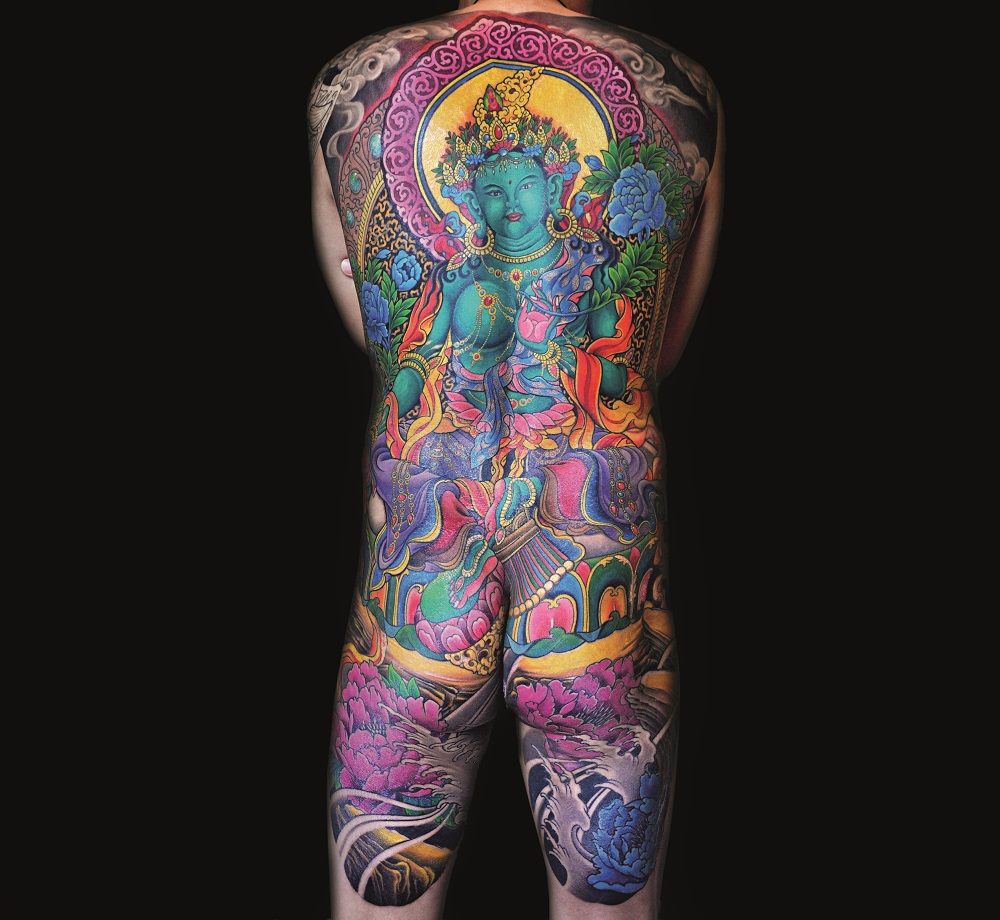
A Hindu deity (Photo: Tang Ping/World Atlas of Tattoo)
A Grand Tour of Tattooing, hitting all the highlights, might start in New York and end in Montreal. But in between, it would circle the world.
You’d travel to San Francisco, Japan, Beijing, St. Petersburg, and Berlin, before doubling back through Johannesburg, Jerusalem, India, and Bangkok. You’d have to swing down to New Zealand on your way back across the Pacific, and from there to Buenos Aires, up through Mexico City, and finally to Canada, just a little bit north of where you started.
On that trip, you’d see dozens of traditional local tattoo styles—but probably not in the places you expect. You might meet Jill “Horiyuki” Bonny, who specializes in classic Japanese tattoos, in San Francisco, and Dmitry Babakhin, who focuses on Polynesian blackwork designs, in St. Petersburg. In India, you could visit Obi, who grew up in Kolkata and still works there, if only part-time; he can also be found in Mumbai, Germany, and Norway, and his style mixes “traditional Bengali folk art with dotwork and other contemporary blackwork influences.” In New Zealand, Steve Ma Ching, who was born there but lived in Western Samoa until he was a teenager, updates traditional Samoan designs with modern techniques. In Montreal, Safwan, a Cairo-born artist, does work influenced by traditions of both Western and Japanese tattooing.
This is just a taste of the current geography of tattooing, as documented in The World Atlas of Tattoo, a new book by tattoo historian and body art scholar Anna Felicity Friedman. “It is a dense, dense book,” she says. The chapter introductions alone “synthesize thousands of years of history across the entire globe.”
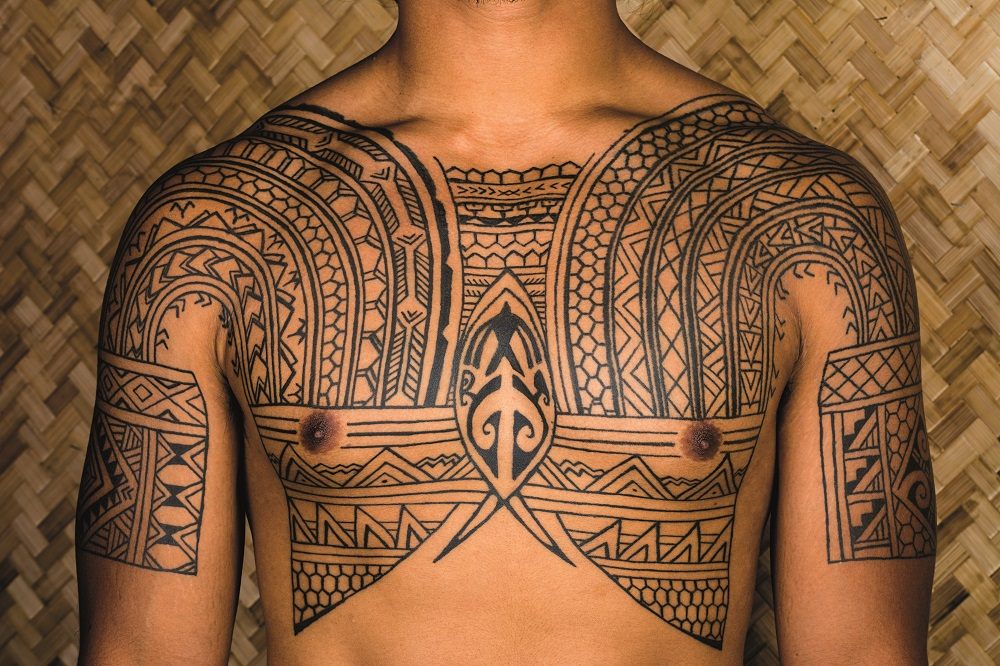
A neo-Kalinga chest piece by Elle Festin, based in California (Photo: Elle Festin/World Atlas of Tattoo)
Not so long ago, distinct tattoo traditions were flourishing all over the world. Then, as it did with so many traditions, European colonization eradicated many of them, often with great zeal. In today’s world, there are two geographical stories to tell about state of tattooing. One is the revival of indigenous tattoo traditions, in or near the places where they once thrived. The other is the explosion of a contemporary style, in which artists from all over the world influence each other not just through the internet but also by traveling themselves to other studios and to conventions, itinerant students of the art.
Some tattoo styles are still strongly associated with their place of origin. Black and gray tattooing that began in barrios in the U.S. southwest, from California to Texas, still thrives there. The elaborate designs of dragons, flowers, fish, lion-dogs, and demons that became popular in 18th and 19th century Japan are still considered quintessentially Japanese designs, and you can still get San Francisco-style blackwork in San Francisco.
And not all tattoo traditions are easily accessible in every place where tattoos can be had. “Chicago is one of my great examples,” says Friedman. “You don’t see a lot of people wearing blackwork here, and and there aren’t a lot of artists working in that style in Chicago. And there’s only one really good artist working in Japanese style.”

A Marquesan bodysuit, by Taku Oshima, based in Tokyo (Photo: Taku Oshima/World Atlas of Tattoo)
But there are also artists inspired by ideas from halfway around the world, while putting their own region’s influences into their work. Popular culture and the internet drove much of this cross-pollination. “There are a few traditions that are specifically tied to place, in terms of origins. But they get dispersed so quickly that it becomes difficult to track,” says Friedman. “We get this incredible explosion of practices in all these different genres in most major cities of the world.”
Jordanian artist Huzz, for instance, first saw tattoos on the TV show Kung Fu: the Legend Continues. Once he started tattooing, he quickly developed a reputation as the first real tattoo artist in Amman. His designs sometimes feature Arabic script, a practice that grew from local religious and cultural ideas about what sort of marks are appropriate on the body. But, as Friedman writes in the book, his practice reached, in his words, “a different level” after he traveled to his first tattoo convention—in China.
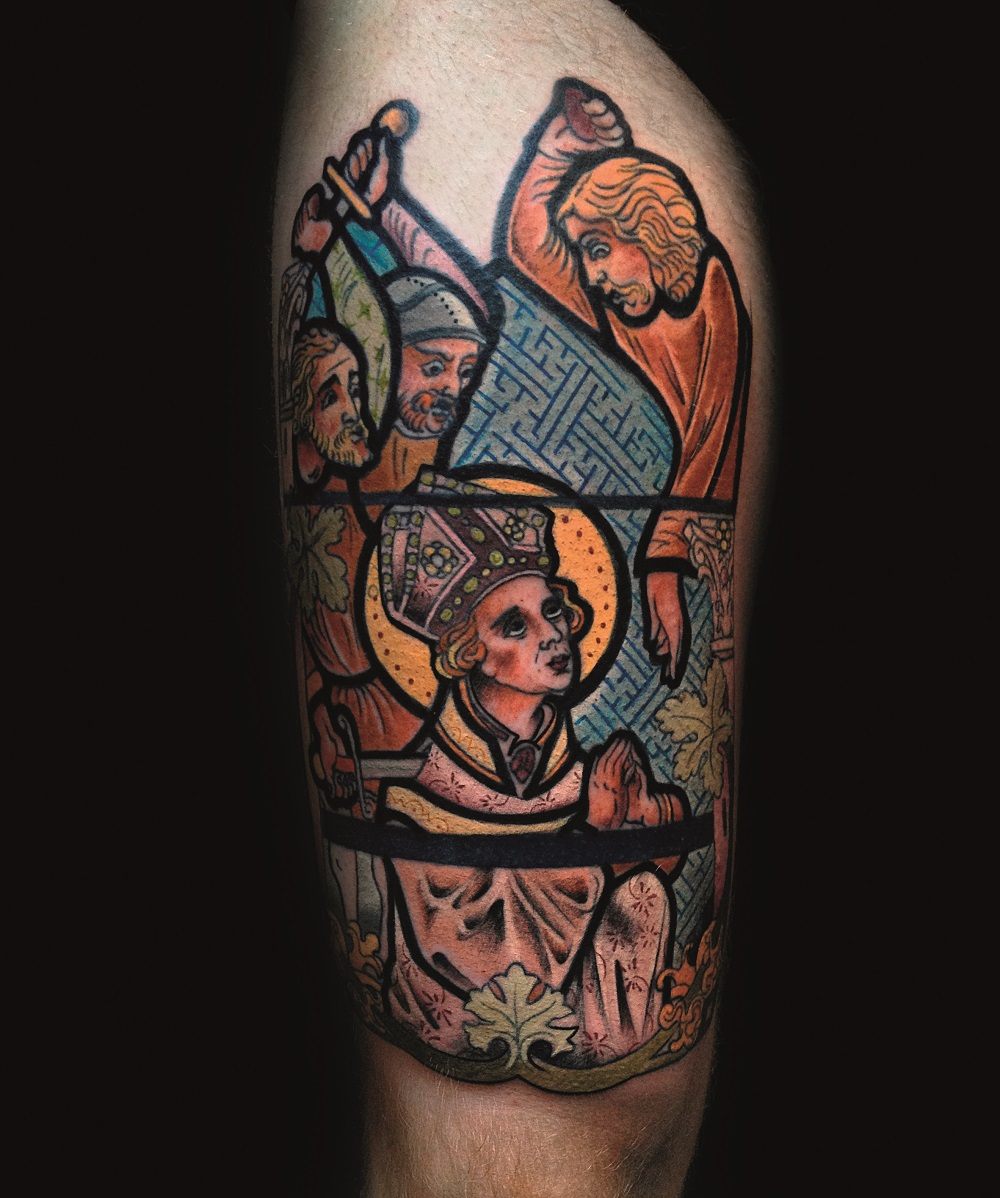
The murder of Thomas Becket (Photo: Mikael De Poissy/World Atlas of Tattoo)
Even in this hyper-globalized art world, though, there are practitioners whose art is deeply rooted in a particular place. In Darwin, Australia, for instance, Julia Mage’au Gray uses hand-poking and hand-tapping methods to give women traditional tattoos, updated for her modern clients. “I rework their family tattoos on to their bodies,” she told Friedman. “The designs are about identifying women, ultimately to show their worth.”
It’s counterintuitive, but some artists working to revitalize old traditions are actually working off documents left behind by the explorers, colonialists, and missionaries who helped destroy these traditions to begin with. More benign travelers also helped spread and continue different tattoo traditions. The World Atlas of Tattoo includes stories of medieval and Renaissance pilgrims to the Holy Land who returned with tattoos commemorating their journeys, and 19th-century American tourists who came back from Japan with large full-body tattoos.

A modern pilgrimage tattoo, a Jerusalem cross (Photo: Razzouk Family/World Atlas of Tattoo)
“We keep recycling these myths and tired tropes about tattooing that are based upon this particular anachronistic view of the history that’s just not true,” says Friedman. “Tattoos are not just for sailors; Captain Cook did not bring tattooing back to the west.” Her next project is a new Center for Tattoo History and Culture that will aim to support tattoo scholarship and better inform the public about the true history of tattooing: that almost everywhere humans have been, they’ve tried marking their bodies in this way.
“There’s no indigenous tattooing in Antarctica,” Friedman notes. But, even though the continent’s not in the new book, there has been tattooing done there: just last year, the tattoo artist Lyle Tuttle became the first person to tattoo on all seven continents.




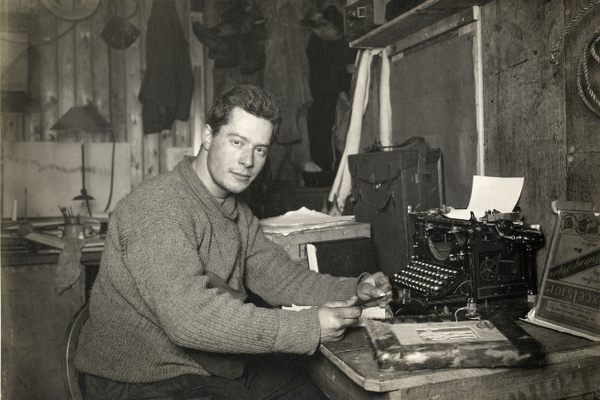
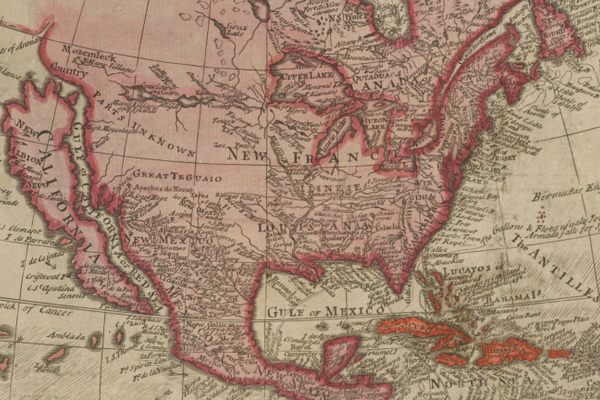



















Follow us on Twitter to get the latest on the world's hidden wonders.
Like us on Facebook to get the latest on the world's hidden wonders.
Follow us on Twitter Like us on Facebook